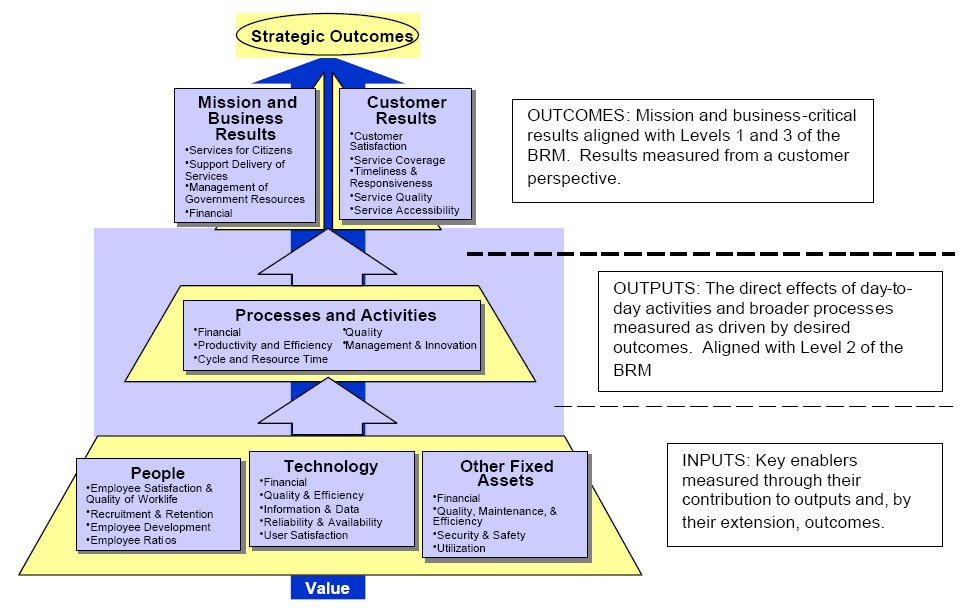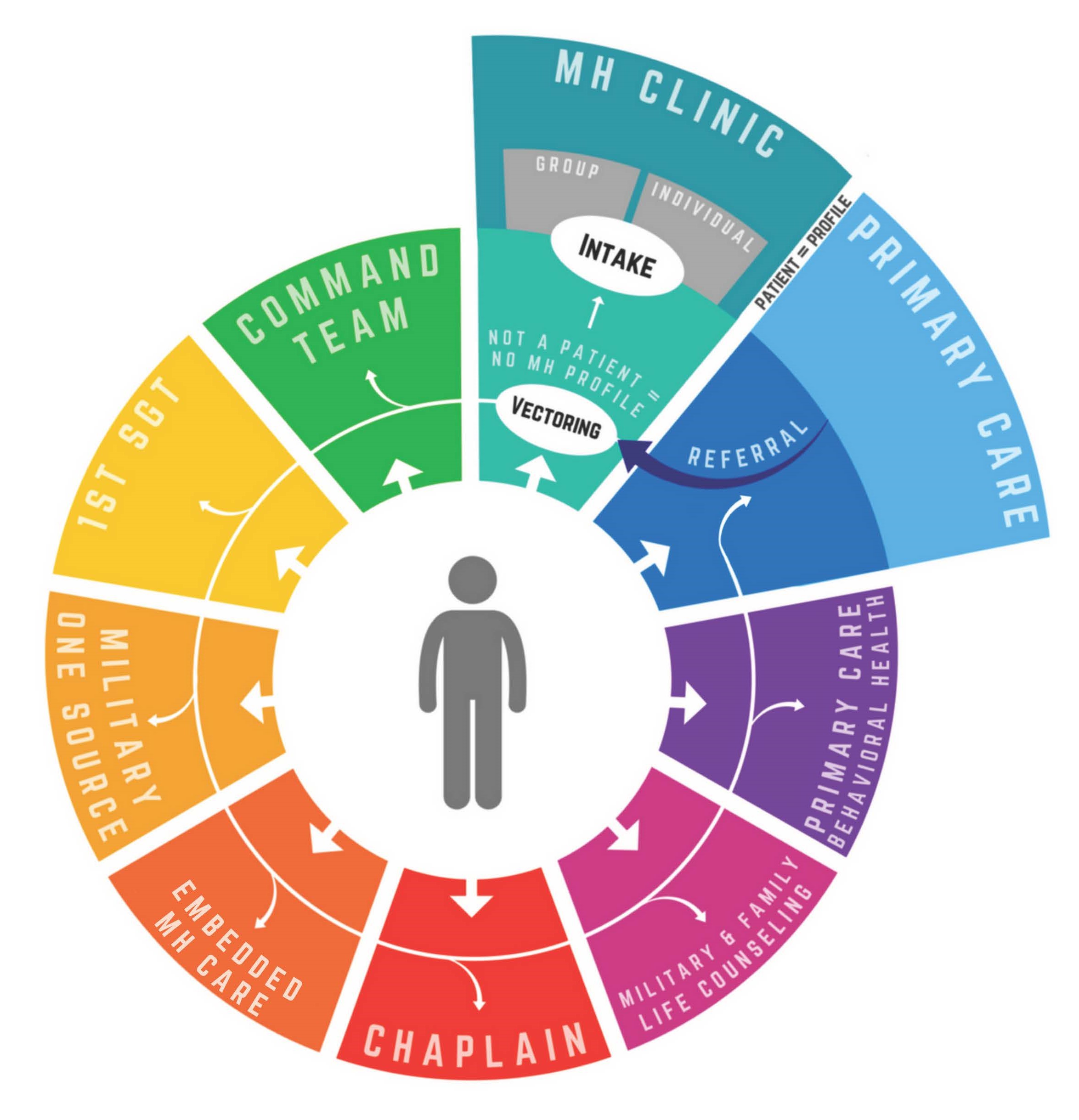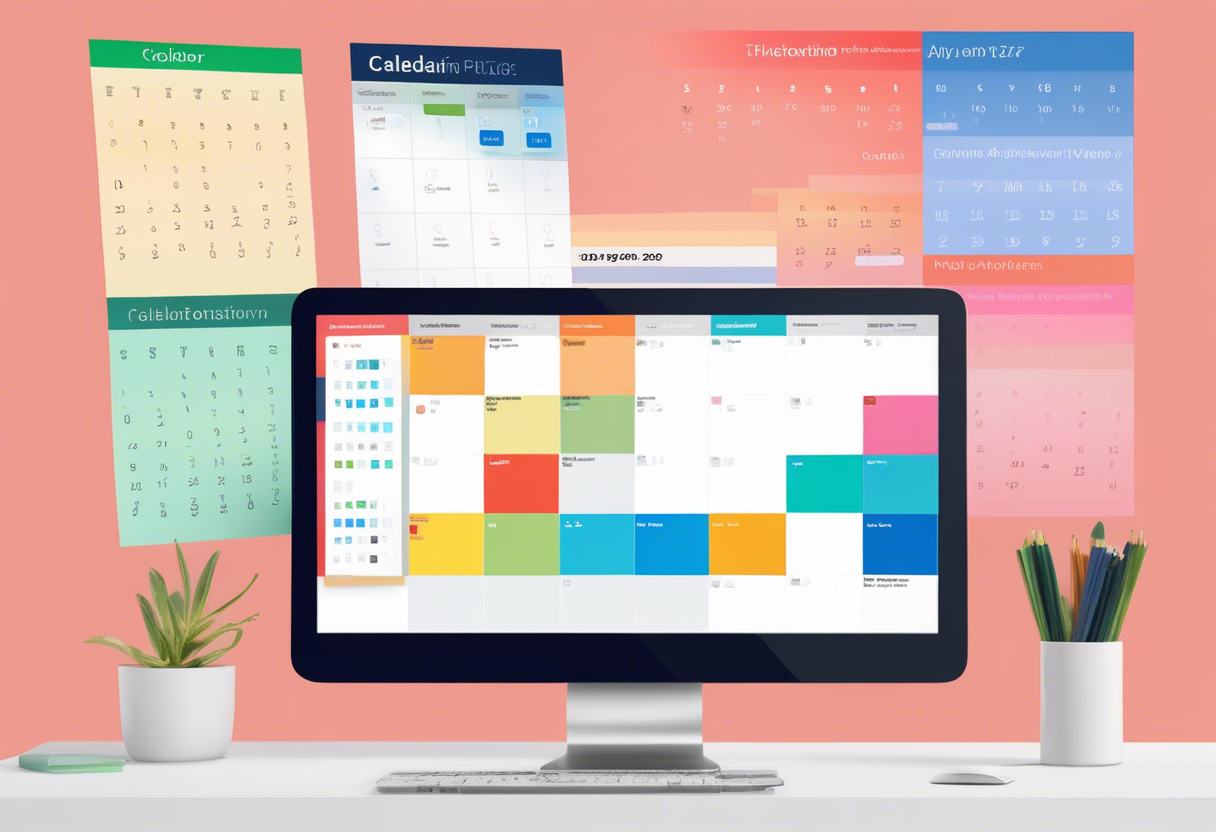
In our busy business world, making the most of your time can really boost your team's performance. Did you know teams that manage their time well are 25% more productive? Think about what your team could do with that extra boost. Time management isn’t just about checking off tasks; it’s about using your time wisely to succeed. This article will walk you through why it matters, how to do it step by step, and how to use technology to help. Whether you lead a team or work in one, these strategies can help your team reach its full potential.
Understanding Smart Time Management and Its Importance for Team Performance
What is Smart Time Management?
Smart time management involves setting goals that are clear and doable. These goals should be:
- Specific
- Measurable
- Achievable
- Relevant
- Time-bound
This framework assists in prioritizing tasks effectively (source). Additionally, it enhances communication by clearly defining roles and outputs, thus reducing misunderstandings (source).
To monitor productivity and track milestones, tools such as performance tracking and analytics are invaluable (source). Techniques like time-blocking and the Pomodoro method can further enhance focus and efficiency (source).

Benefits of Smart Time Management for Enhancing Team Performance
Implementing smart time management practices can significantly improve team dynamics by clarifying responsibilities (source). It fosters confidence and motivation through the establishment of clear goals (source).
Moreover, employees gain new skills through diverse tasks, leading to increased efficiency (source). Performance management systems provide valuable feedback that enhances work processes (source).
Data-driven feedback is particularly useful in identifying bottlenecks, thereby improving productivity and work-life balance (source). Furthermore, it helps reduce burnout and improves employee retention by allowing for flexible schedules (source).
Step-by-Step: Implementing Smart Time Management Techniques
Define SMART Goals for Enhanced Team Performance
SMART goals help you manage time better by providing clear targets, measurable steps, realistic aims, and deadlines. SMART stands for Specific, Measurable, Achievable, Relevant, and Time-bound. When you set SMART goals, vague ideas turn into solid plans, making it easier to stay focused and track progress.

For example, a SMART goal could be: "Finish the first draft of the team project report by September 15. This means submitting a document, using current team resources, aligning with quarterly goals, and meeting the deadline."
When you're planning SMART goals, consider:
- Specific: What do you want to achieve?
- Measurable: How will you measure success?
- Achievable: Is it doable with your skills and resources?
- Relevant: How does it fit with your priorities?
- Time-bound: What is the deadline?
For more details, visit Focus Keeper.
Plan Your SMART Goal for Team Performance
To plan a SMART goal:
- Define it clearly.
- Ensure it's measurable and realistic with your skills and resources.
- Align it with your main priorities.
- Set a deadline to maintain focus.
Create an action plan by identifying time management challenges and outlining specific steps for progress. For example, if you want to boost team performance, specify the outcome (like cutting project delivery time by 10%), how you'll track it (monitoring project timelines), ensure it's doable with your team, relevant to company goals, and set a deadline (like within 3 months). Learn more on Indeed.
Create a Goal List for Team Efficiency
Break SMART goals into small, manageable weekly and daily tasks to maintain momentum. Make a to-do list at the end of each day for the next day to stay consistent and prioritize. Use checklists or templates to list all steps and subtasks for clarity and accountability.

For instance, if the goal is a marketing campaign, create a daily list with tasks like drafting content, reviewing designs, and scheduling posts, broken into manageable parts. More insights can be found on Upskillist.
Use Time Blocking and Batching for Team Tasks
Time blocking involves setting specific times for certain tasks, reducing distractions, and boosting focus. Batching groups similar tasks to keep a steady work rhythm and lessen the mental strain of switching tasks. Avoid multitasking during these periods to increase productivity and manage energy.
For example, set 9-11 AM for focused project work, handle emails from 2-3 PM, and reserve 3-4 PM for meetings to minimize task switching. Explore more at Aaron Hall.
Apply the Pomodoro Technique for Team Focus
The Pomodoro Technique involves working hard for 25 minutes, then taking a 5-minute break. This cycle helps maintain focus and avoid burnout by breaking work into manageable chunks. Cutting out distractions and muting non-urgent notifications makes Pomodoro sessions more effective.
Choose a task, work for 25 minutes, take a 5-minute break, repeat four times, then take a longer break of 20-30 minutes. Discover more at Slack.
Try the Swiss Cheese or Salami Method for Complex Team Tasks
This method breaks big tasks into small parts that can be done quickly, gradually making progress. Completing smaller parts reduces overwhelm and boosts motivation by showing progress bit by bit.
For a long report, focus on one section or even a paragraph at a time over several sessions. More information is available at Slack.
Use the Seinfeld Method for Team Consistency
Set a daily goal and mark each day you hit it on a calendar to build consistency and momentum. Seeing your progress helps maintain motivation and accountability.
Mark a red X on your calendar every day you spend at least 30 minutes on improving team communication skills. Learn more on Aaron Hall.
Prioritize Team Tasks with the Spotlight Method
Sort tasks into red (urgent), yellow (due soon), and green (long-term) to focus on what's most important right now. Tackling red tasks first ensures urgent deadlines are met, then move to yellow and green tasks.
Focus on resolving a critical client issue (red), then prepare a report due next week (yellow), and finally plan future team training (green). For more details, visit Focus Keeper.
Keep a To-Done List for Team Accomplishments
Keeping a list of finished tasks helps motivate by showing progress and tracking accomplishments. This practice supports reflection and adjustment of strategies based on what's been achieved.
At the end of each day, list completed tasks like 'finalized project outline' or 'responded to client emails' to boost morale. More insights can be found on Upskillist.
Review and Adjust Daily for Team Improvement
Daily reviews of what you've done and any challenges help you tweak time blocks, priorities, and tasks for better effectiveness. Regular reflection supports ongoing improvement and adaptability to changing demands.
Each evening, see what you achieved, identify obstacles, and update the next day's schedule. Learn more at Upskillist.
Setting SMART Goals for Team Success
Teams benefit from SMART goals to align individual efforts with project objectives and deadlines. Breaking team goals into actionable steps with clear roles boosts coordination and accountability.

A team SMART goal might be: "Increase customer support satisfaction scores by 15% within 6 months by implementing weekly training sessions and monitoring feedback." Discover more at Slack.
Using Time-Blocking Techniques for Team Productivity
Time blocking in teams means scheduling dedicated times for collaborative work, meetings, and individual focus to boost productivity. Clear time blocks cut interruptions and help teams focus on priorities together.
For example, block Monday mornings for team strategy meetings and afternoons for focused project work sessions. More information is available at Aaron Hall.
Task Batching and Prioritization for Team Efficiency
Batching similar tasks within teams cuts context switching and improves workflow efficiency. Prioritizing tasks using methods like the Eisenhower Matrix ensures teams focus on urgent and important tasks first.
Batch all client communications on Tuesday and Thursday, while prioritizing urgent deliverables before less critical activities. For more details, visit Focus Keeper.
Leveraging Automation Tools for Team Coordination
Using project management software (e.g., Trello, Asana) helps teams organize tasks, track progress, and collaborate effectively. Automation tools can reduce manual workload, freeing time for high-priority activities.
Automate task reminders and status updates in Asana to keep the team aligned without constant manual follow-ups. Discover more at Focus Keeper.
Implementing Performance Tracking and Feedback for Team Growth
Regular performance tracking and feedback help teams stay on course with their SMART goals and adjust strategies as needed. Metrics like task completion rates, balance between focused work and meetings, and progress on major projects offer insight into team effectiveness.
Hold weekly review sessions to discuss completed tasks, challenges faced, and adjustments needed to meet deadlines. More insights can be found on Upskillist.
In conclusion, smart time management techniques involve setting and planning SMART goals, creating actionable lists, using time blocking and batching, and applying methods like the Pomodoro and Seinfeld techniques. For teams, using tools and tracking performance are key to aligning efforts and boosting productivity. By regularly reviewing and adjusting strategies, individuals and teams can improve time management and performance.
Integrating Technology for Enhanced Team Performance
Collaborative Tools to Boost Team Performance
Using tools like Slack and Microsoft Teams facilitates real-time communication, file sharing, and app integration. This significantly reduces miscommunication and enhances teamwork, regardless of team members' locations.
Key Benefits:
- Boost team productivity by 20-25% through improved communication and coordination.
- Project management software with real-time features, such as Celoxis, can:
- Reduce project delays by 30%.
- Increase efficiency by 35%.
- Enhance resource allocation and task management.

Real-Time Tracking for Improved Team Performance
AI-driven performance tracking tools provide real-time insights into employee progress. These tools offer personalized feedback and promote accountability, leading to productivity gains of up to 20%.
Data Analytics Tools:
- Aggregate information from various sources to generate actionable insights.
- Help managers identify bottlenecks and optimize workflows.
Automation Tools:
- Handle repetitive tasks like data entry.
- Allow employees to concentrate on strategic work, enhancing overall efficiency.
FAQ Section
How Can SMART Goals Enhance Team Performance and Collaboration?
Using SMART goals—Specific, Measurable, Achievable, Relevant, and Time-bound—can significantly enhance team collaboration. These goals:
- Set clear performance targets.
- Align team activities with broader company objectives.

This alignment makes team members feel more responsible and committed, as they have a clear understanding of their roles within the larger framework. Regular check-ins on these goals foster accountability and facilitate feedback, which enhances teamwork and maintains focus.
Effective Time-Blocking Techniques to Boost Team Performance
Time-blocking involves planning regular meetings and projects across departments to maintain organized collaboration. Digital tools simplify this process by:
- Streamlining check-ins and feedback sessions.
- Allowing teams to allocate dedicated time for collaboration.

Ensuring these time blocks are free from distractions and maintaining flexibility enhances team productivity.
Boosting Team Performance with Automation in Time Management
Automation in performance management reduces administrative tasks by:
- Handling feedback collection.
- Tracking progress.
Utilizing templates and automated reminders for reviews and goals ensures regular communication without excessive meetings. This allows teams to focus more on actual work, thereby increasing overall efficiency and teamwork.